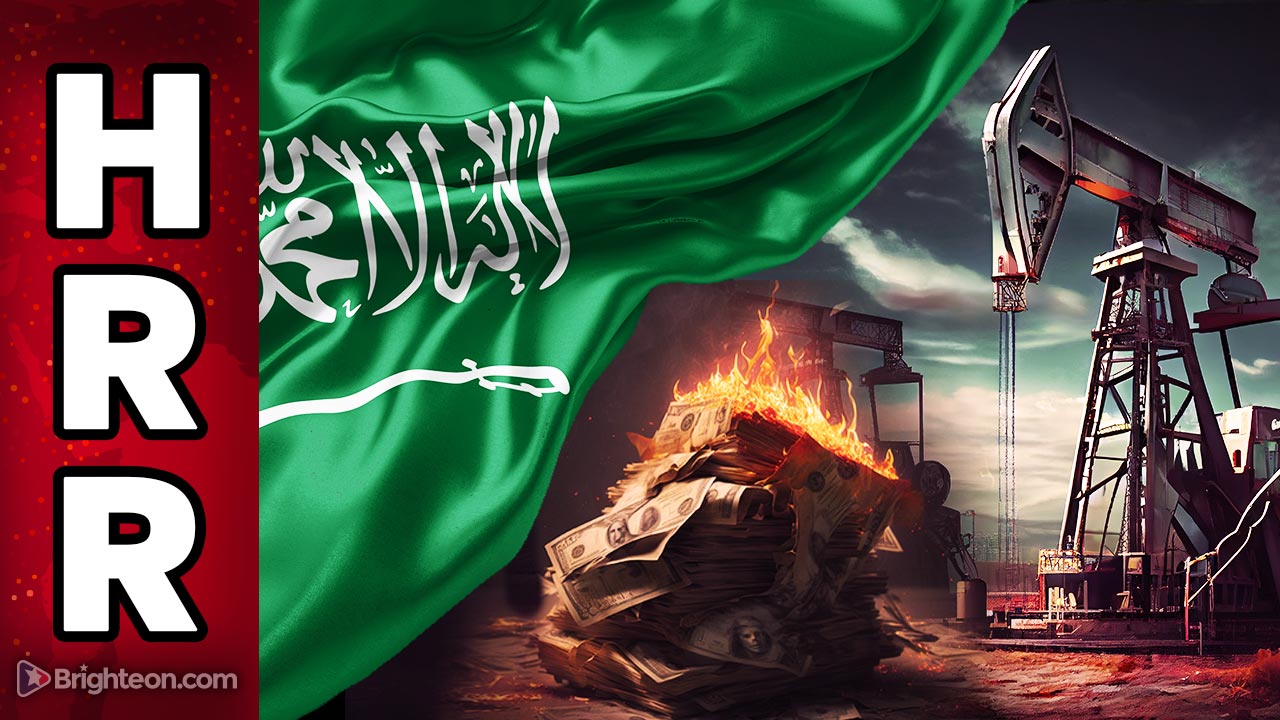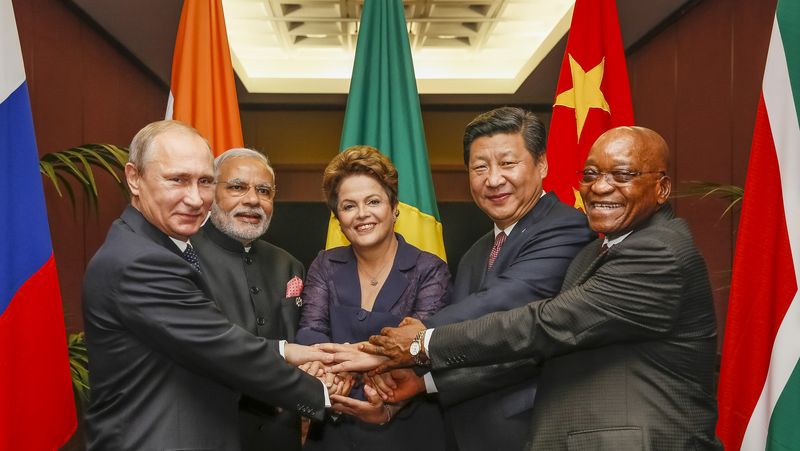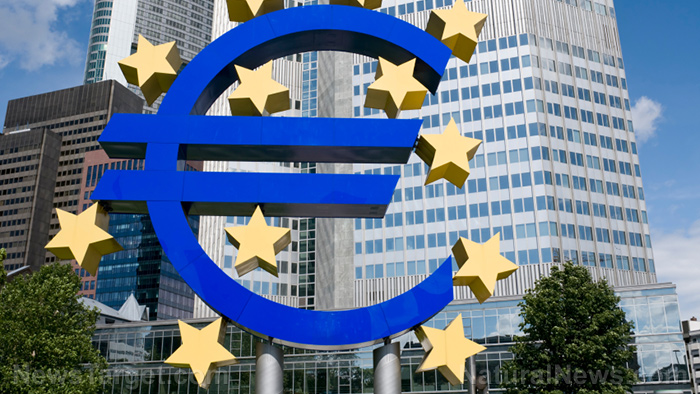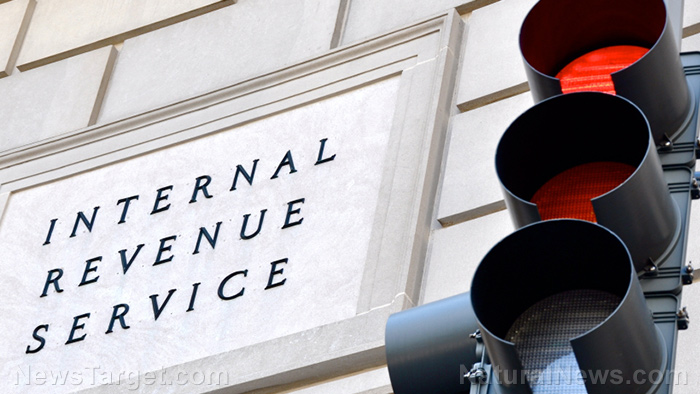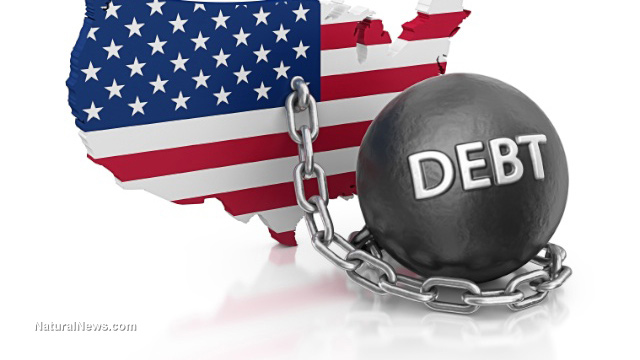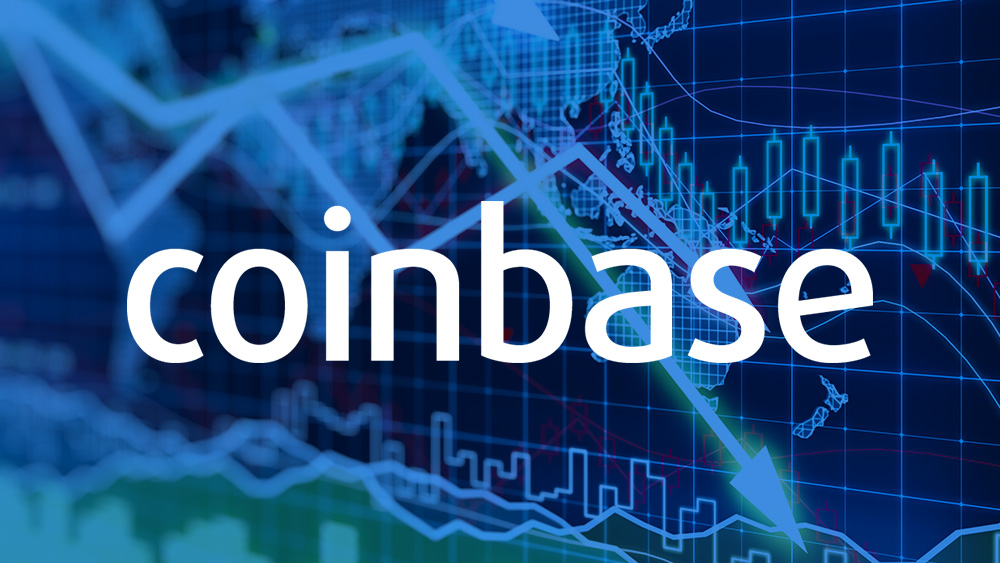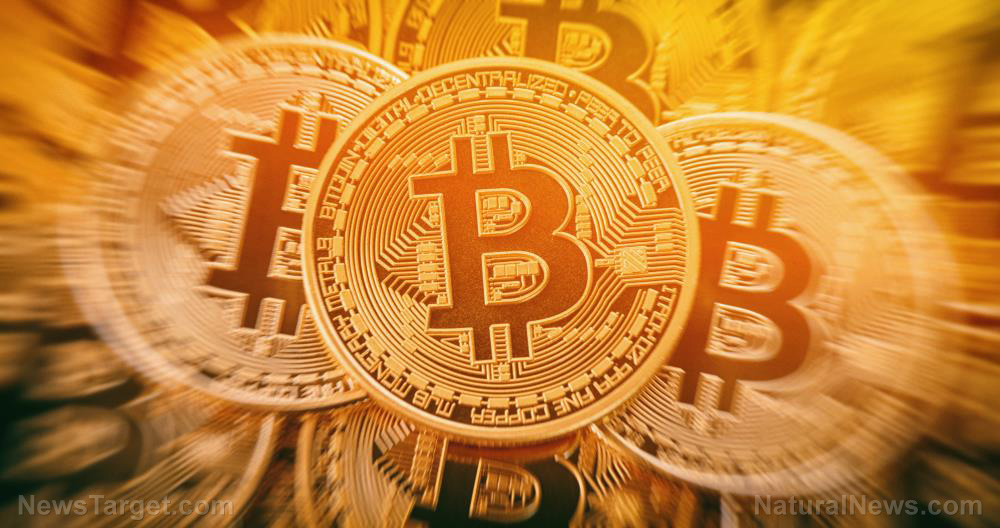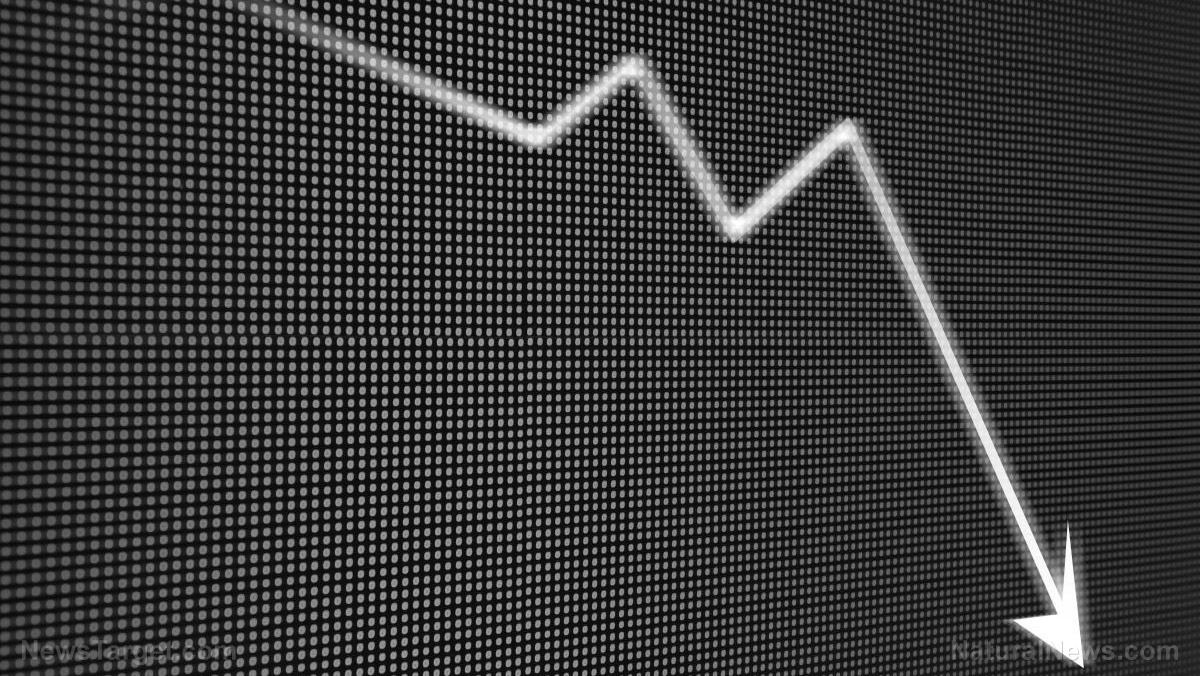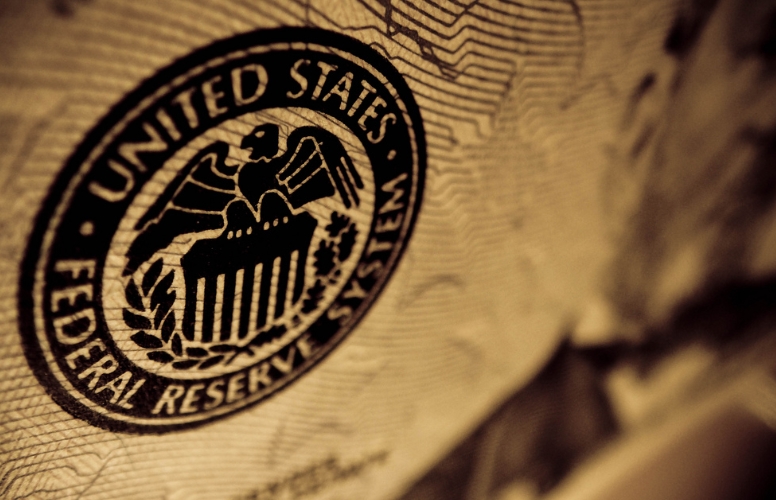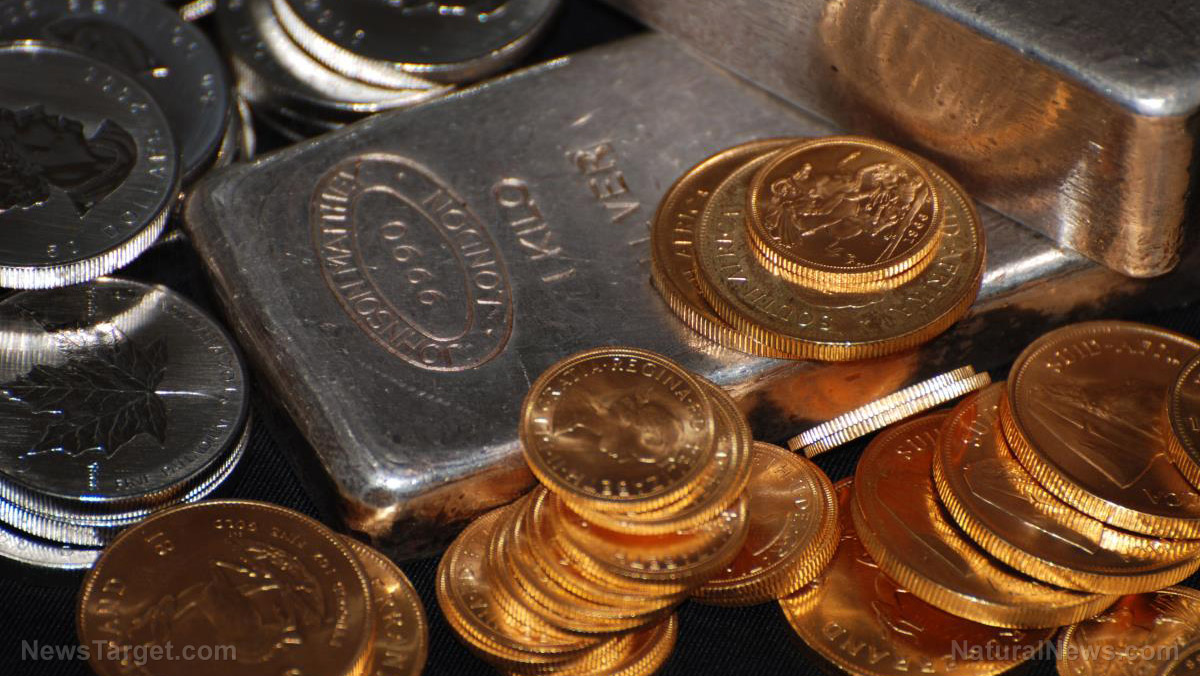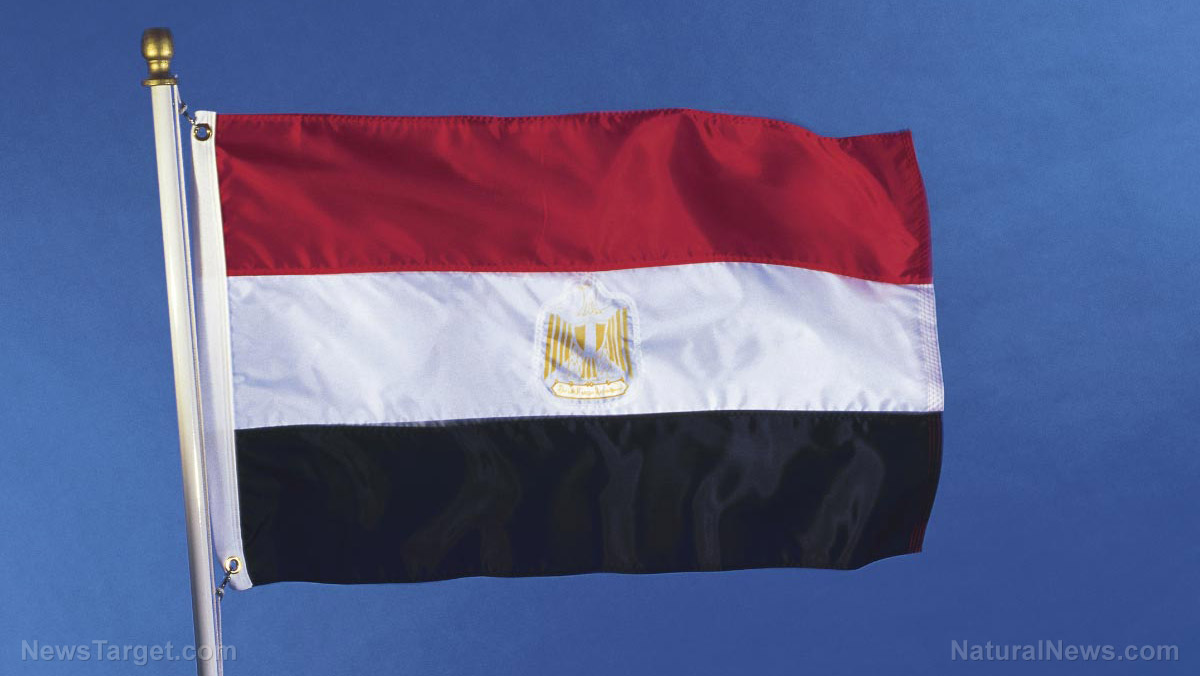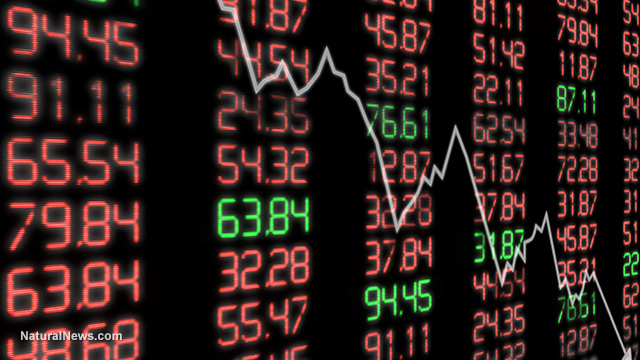Russian banking system and ruble are showing signs of strong recovery despite sanctions
04/07/2022 / By Cassie B.

The Russian ruble and Russia’s banking system are currently showing signs of ongoing recovery despite Western sanctions as Moscow’s reliance on currency controls and energy exports is helping to protect the country’s economy.
Although the ruble initially dropped, it has now rebounded and is approaching its value prior to the war. Shortly after Russia invaded Ukraine on February 24, the ruble dropped from about 80 to the dollar to 120 to the dollar. However, it has now bounced back to 84, according to official rates from the Russian Central Bank.
Economists caution that the official rate is not necessarily an accurate reflection of the ruble’s true value. Because the central bank has effectively banned Russian citizens from exchanging their rubles for dollars until September 9, there is now a black market where the ruble is trading at weaker values than the official rate.
At the same time, the Russian banking system has been stabilizing as some of the panic withdrawals that were seen in the early days of the invasion start to subside. Shortly after sanctions were put in place, ATMs were flooded with citizens trying to withdraw cash amid concerns about a collapse of their banking system and currency. This prompted banks to borrow heavily from the central bank in order to meet the withdrawal demand. However, this borrowing has been subsiding recently, which is an indication that the banking sector is starting to stabilize.
It is worth noting that some of the recovery being seen right now is artificial and can be attributed to the strict limits placed on withdrawals, transfers of hard currencies overseas, and currency exchange by the Bank of Russia. However, we can’t ignore one major factor that is helping Russia significantly, which is its strong gas and oil exports that are bringing in a steady flow of hard currency.
It’s not all good news for Russia, however, as economists forecast that inflation in the country could hit 20 percent this year while their gross domestic product could shrink by 15 percent, undoing several years of economic growth.
Russian economy can’t escape the financial fallout of war entirely
Global shipping companies have been stopping deliveries to Russia, and some manufacturers have been suspending production due to sanctions that have rendered them unable to buy electronic components. This has seen many imported goods disappear from Russian store shelves. At the same time, hundreds of Western corporations have halted their operations in Russia, leaving the country without thousands of jobs and many consumer goods.
Economists say that the ruble’s recovery is helping the Russian state appear to have the situation under control to its people despite instability. German Institute for International and Security Affairs economist Janis Kluge said: “The psychological effect is very important. It’s very important what the population thinks about the health of the economy, and the ruble is one of the main indicators that every Russian knows.”
Among the harshest sanctions that have been imposed by America and its allies was the freeze on the foreign currency reserves held by the Russian central bank in a move aimed at stopping the country from using its stash of euros and dollars to buy rubles in order to boost their currency’s value.
However, Russia seems to be working around this sanction to some extent by requiring exporting companies to exchange 80 percent of hard currency revenue for rubles. This has created new demand for the currency amid Russia’s continuing gas and oil exports.
Big European buyers of Russian gas like France and Germany are being pressured by Russia to pay in rubles. If they comply, it could prop the currency up further; if they balk and Putin follows through on threats to cut them off, however, the sudden stop in payments will cause the ruble to take a significant hit.
Experts say that in addition to stopping purchasing and gas and oil, Western countries can increase the pressure by cutting more Russian banks from SWIFT and adopting full blocking sanctions on more Russian banks.
Sources include:
Submit a correction >>
Tagged Under:
banking system, collapse, currency, economics, finance, financial fallout, Putin, risk, ruble, Russia, Russian economy, sanctions, SWIFT, Ukraine
This article may contain statements that reflect the opinion of the author
RECENT NEWS & ARTICLES
COPYRIGHT © 2022 CurrencyCrash.News
All content posted on this site is protected under Free Speech. CurrencyCrash.News is not responsible for content written by contributing authors. The information on this site is provided for educational and entertainment purposes only. It is not intended as a substitute for professional advice of any kind. CurrencyCrash.News assumes no responsibility for the use or misuse of this material. All trademarks, registered trademarks and service marks mentioned on this site are the property of their respective owners.


